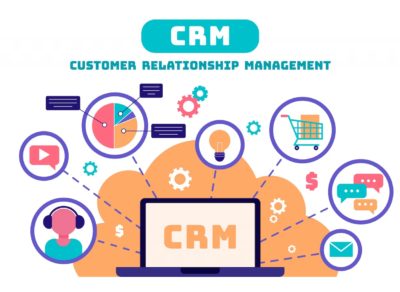
Which will be the right approach to core banking transformation
Customers’ appetite for digital experiences is increasing, as is competition from fintech and other digitally savvy companies, putting pressure on banks to modernize their core platforms.
Banks are responding by implementing modern technologies such as the cloud, which is a critical enabler of digital transformations and a potential solution for reducing technical debt.
However, many banks quickly discover that their core banking systems are incapable of meeting the demands of these digital solutions, such as real-time transaction processing and rapid product releases.
Some banks are pursuing core-banking-system (CBS) transformations to enable digitization. However, how do you know which approach to take? SmartOSC will assist you with this in this post.
Challenges banks face when adopting a new core banking system

Change management
Significant change management issues, such as organizational resistance to change, internal communication to all affected departments, and retraining of IT and banking staff on the new system, must be addressed in core banking transformation projects.
As a result, core banking transformation projects must deal with a number of transformational barriers that may lead to project failure. Every core banking transformation plan must include a thorough understanding of these challenges.
Giải pháp của SmartOSC Fintech BACKBASE DIGITAL BANKING, BUY NOW PAY LATER, LOS, CDP, EKYC, DIGITAL ONBOARDING
Time and cost management
Because core banking transformation projects typically have long project timelines (spanning years), there is an inherent risk of slippages and cost overruns. As a result, project governance structure and risk management should be an inherent part of project management.
Resource requirements
Core banking transformation projects necessitate a significant investment of time and resources. As a result, it is critical to implement an appropriate transformation strategy that takes into account the available financial and human resources.
The right approach to core banking transformation

Hollow out the core
Because of the long history of core banking application development over the decades, some non-core banking functions have been customized and embedded as part of the core banking functional modules. Payment, e-signature, KYC risk rating, omnichannel functions, and other such functional modules are good examples.
So, by hollowing out the core and gradually decomposing these functions out of core banking and modernizing them into the new cloud-native architecture, we can reduce the traditional infrastructure full print and move into a cheaper containerized environment with gradual infrastructure cost savings.
Establish the Digital Agility Layer
Building the Digital Agility Layer is a key architectural decision that will allow the new core banking system to offer new products and services without causing major disruption to the existing IT landscape and business.
The Digital Agility Layer can be divided into two major architectural areas. The first is the enterprise API and microservices application layer, which is used for channel and legacy application integration, and the second is the data integration layer, which is used to support all downstream legacy applications.
Select the pilot product and create a new journey
Once the key architecture decision based on the Digital Agility Layer has been made, the company can now consider the appropriate products and services to offer based on the new desired journey. By including routing and orchestration logic in the enterprise API and microservices application layer, the customer journey can be customized.
And the data streaming events published as part of the data integration layer can be used to fulfill all downstream legacy application requirements such as GL posting, sending data to the data lake, AML, and reports. Once the new products and services have been successfully implemented, additional products can be gradually introduced using a similar approach.
Conclusion
To approach current development trends and keep up with the times. Banks need to change and adapt quickly. And the application of core banking transformation is an essential part. With the tips shared above, you can confidently take the right approach.
And if you want to receive more detailed Digital Banking advice, contact SMARTOSC Fintech right now.


